To solve the difficulties and problems in agricultural production, our province has determined that developing high-quality human resources in agriculture is necessary; focusing on innovating production organization forms, improving the quality of human resources at farms, household accumulating and concentrating land, and production association groups.
Quynh Hai Commune (Quynh Phu) has 207 hectares of specialized vegetable cultivation, with production value reaching 400 - 600 million VND/ha/year.
Growing 5 hectares of rice according to good agricultural practices (VietGAP) standards, Mr. Nguyen Duy Luan, Dong Tan commune (Dong Hung) has gradually realized the limitations of old production practices and the advantages of new production processes.
Mr. Luan said: If I had previously worked on a small scale, I would have seen that the rice was growing and developing less well than the neighboring fields, so I would have added more fertilizer and nitrogen. At the end of the season, there were many pests and diseases, the rice plants were easily broken or sprayed with pesticides, not following the recommendations of the industry, with the thought of "better safe than sorry", increasing costs and polluting the environment. But since being trained in rice cultivation according to VietGAP standards, I know how to observe and recognize pests, and then use pesticides appropriately or gradually replace chemical fertilizers with biological fertilizers, which are good for plants and soil, reduce costs in cultivation, and improve productivity and quality of rice grains.
With the tradition of intensive vegetable cultivation, since 2005, the production value per hectare of specialized vegetable land in Quynh Hai commune (Quynh Phu) has reached 50 million VND/year. Thanks to the good organization of production area planning, selection of appropriate crop rotation and intercropping formulas, and timely updating of scientific and technical advances in production, Quynh Hai's agricultural products have a competitive advantage in the market. The specialized vegetable growing area has developed and expanded to 207 hectares, with 6-7 crop rotations/year, and the production value reaching 400-600 million VND/ha/year.
Mr. Nguyen Xuan Khoat, Director of the Commune Agricultural Service Production and Trading Cooperative, said: Quynh Hai people have had experience in vegetable production since the 90s of the last century. Therefore, scientific and technical advances have been proactively updated by the people, bringing high efficiency in production. However, facing the change in consumption trends, in order to produce sustainably, the Cooperative has promoted and trained people to gradually become aware, shifting from quantity-oriented production to quality-oriented production through safe vegetable production models, VietGAP. From the pilot model with an area of 2.3 hectares to date, the safe vegetable production area in Quynh Hai commune has expanded to more than 8 hectares.
In order to promote the strengths of agricultural production, in recent times, in addition to planning production areas and mobilizing people to change the structure of high-quality crops and livestock, sectors and local authorities have conducted surveys and reviewed the vocational training needs of laborers to serve as a basis for developing vocational training plans, meeting the vocational training needs of rural laborers as well as the demand for trained labor of agricultural production and business establishments in the province. Organizing training courses on agricultural production with high economic efficiency, applying mechanization to agricultural production, livestock, aquaculture, forestry, etc.
In large-scale production, many households use drones to care for, prevent and control pests and diseases in rice.
Mr. Tran Minh Hung, Director of the Agricultural Extension Center, said: Closely following the agricultural development orientation of the province, the Center has organized annual training courses for agricultural extension officers and farmers to transfer new technical advances and provide specialized technical guidance on cultivation, livestock and aquaculture. Since 2013, the Center has organized 404 training courses for over 38,000 people including agricultural extension officers, groundswells agricultural extension workers, agricultural extension collaborators and farmers; 250 vocational training courses for 5,407 rural workers (including 99 classes on growing food crops; 54 classes on raising livestock and poultry and 13 classes on fishery extension; 5 classes on training on rice seed and commercial production; 3 classes on training on potato seed and commercial production for rural workers in areas with production linkages). In addition, the Center coordinates with units inside and outside the industry to organize seminars and tours, surveys, and study tours in the country. The highlight of the training and coaching work of Thai Binh Agricultural Extension is that it combines theoretical learning with visits and practice at model models; using on-site training methods, classes are held right at household, in fields, ponds, and livestock and poultry farms. Being guided in practice in a "hands-on" manner, farmers can easily access, remember, apply, and remember longer.
The Department of Agriculture and Rural Development assessed that the quality and effectiveness of vocational training for rural workers have been significantly improved; it has been associated with new rural construction, with on-site job creation, contributing to the shift in labor structure towards industry and services; labor productivity in rural areas has been constantly improved.
However, the agricultural sector still has small-scale, scattered production, low production efficiency, quality and competitiveness of products; many agricultural cooperatives have not yet affirmed their leading role, organizing farmers to cooperate, link in production and connect with processing and consumption; there is a lack of large enterprises to act as locomotives and orient the agricultural production value chain. To solve the above bottlenecks and difficulties, developing high-quality human resources in agriculture is extremely necessary. In which, focusing on mechanisms and policies to promote innovation in production organization forms, first of all, supporting capacity improvement in management, expertise, techniques and profession of cooperatives; promoting the establishment of new types of specialized cooperatives in specialized fields. Innovating the production and business environment, having policies to attract enterprises to invest in the agricultural sector. Focus on improving the quality of human resources in the agricultural sector, especially human resources at farms, concentrated household, and land accumulation for large-scale production.
Thanh Thuy
Source: https://baothaibinh.com.vn/tin-tuc/4/208909/nang-cao-chat-luong-nguon-nhan-luc-trong-nong-nghiep




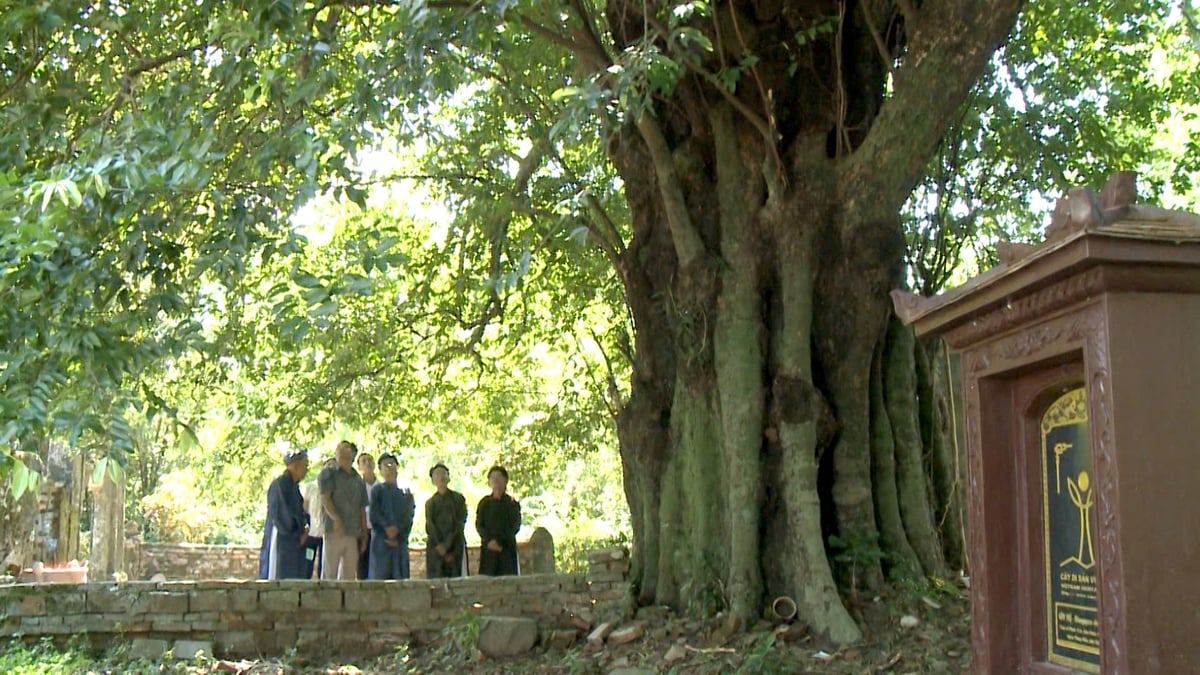
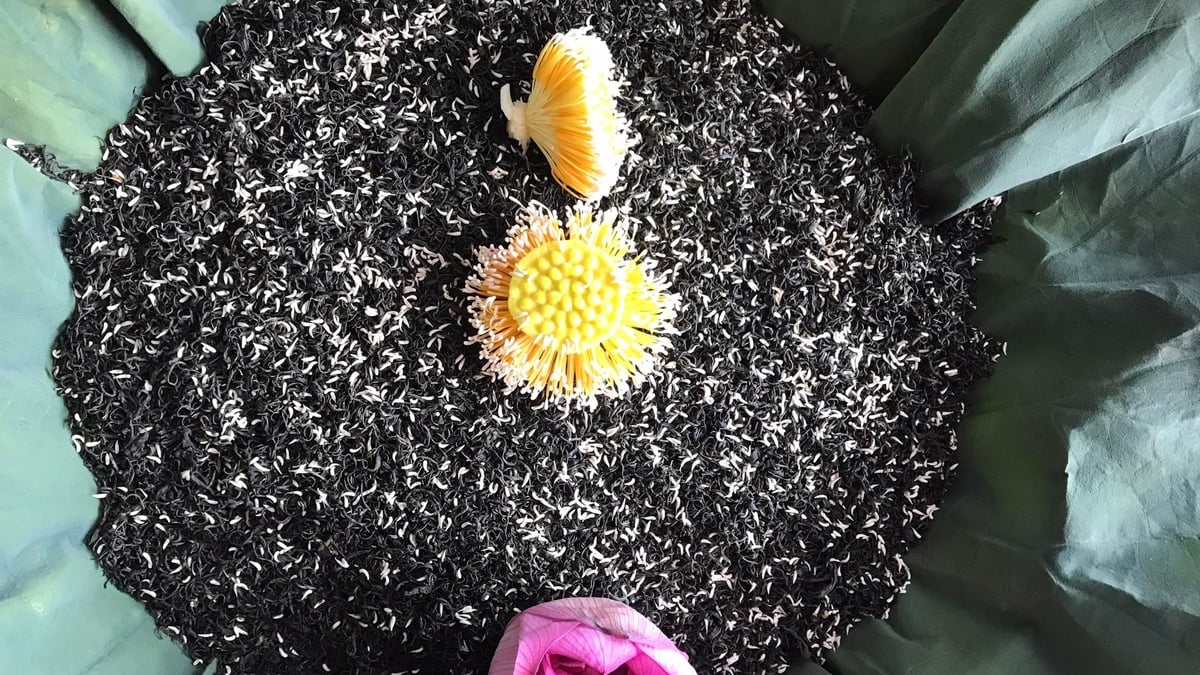
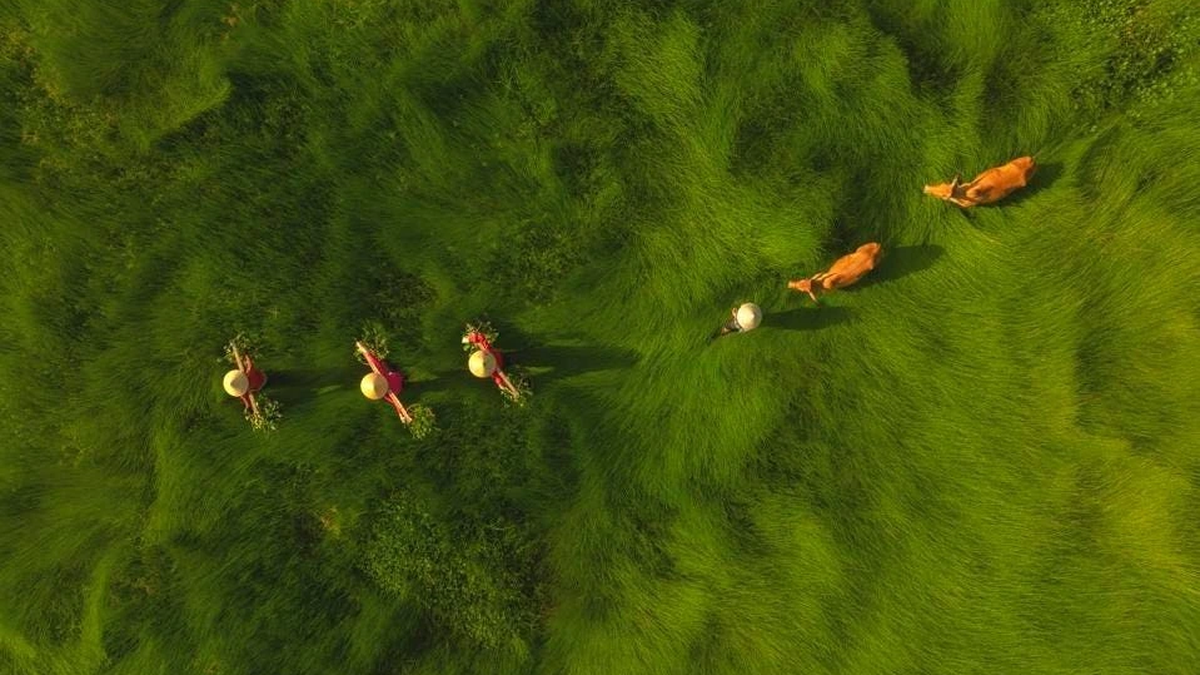
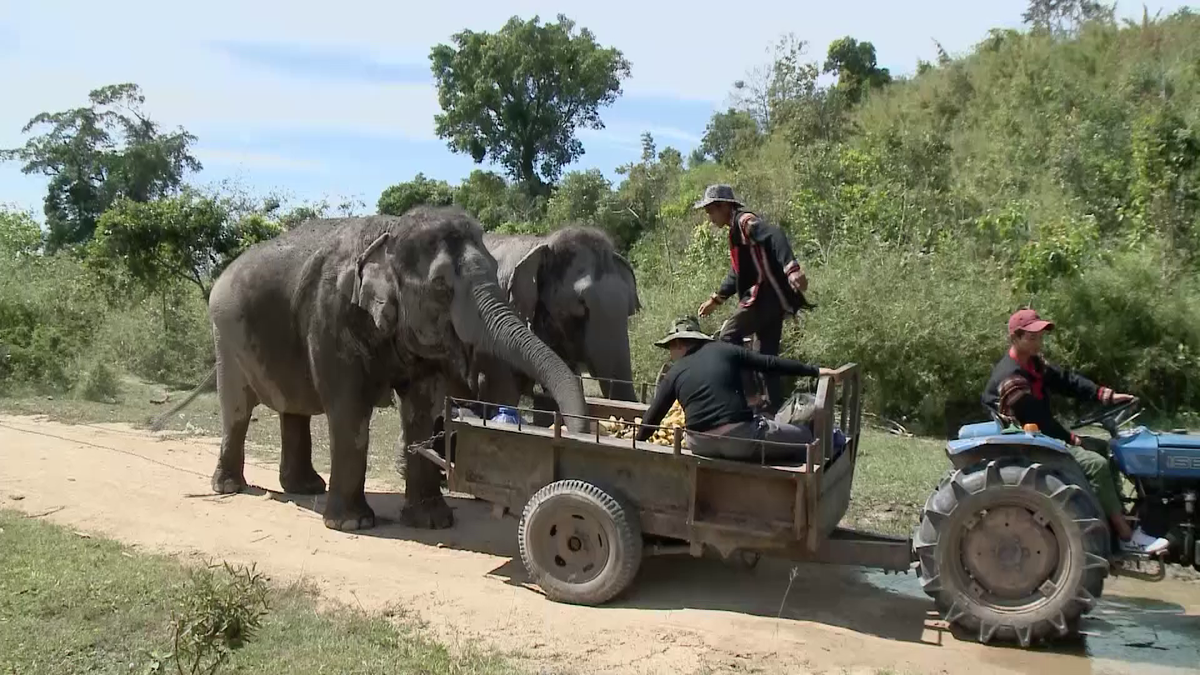
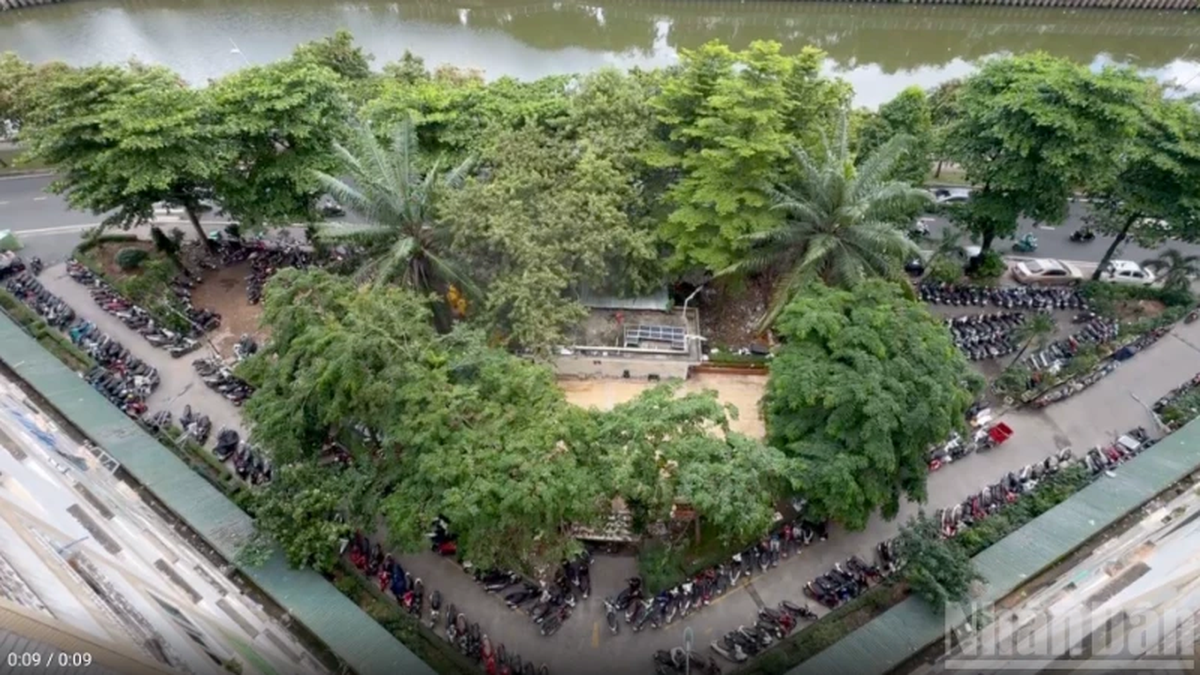



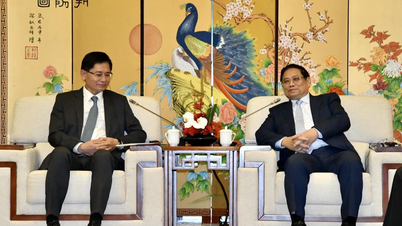
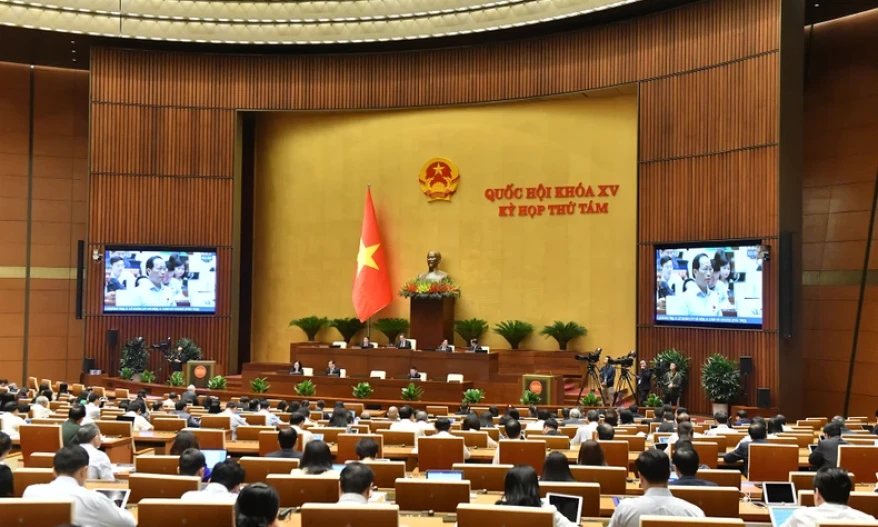
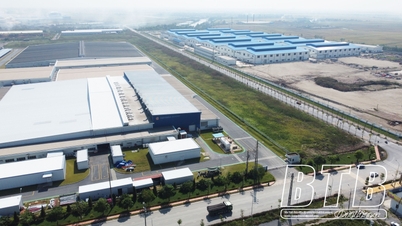
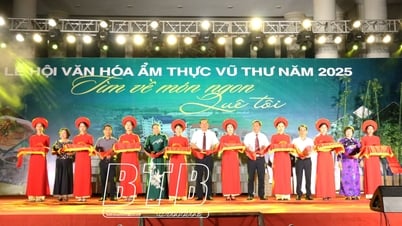


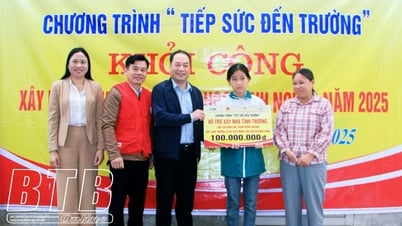
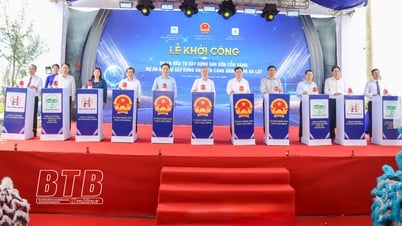
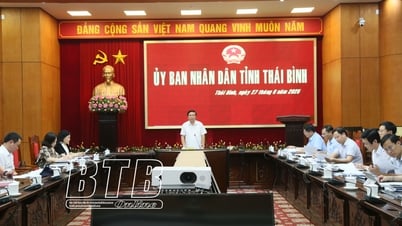





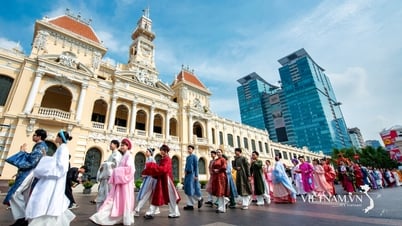

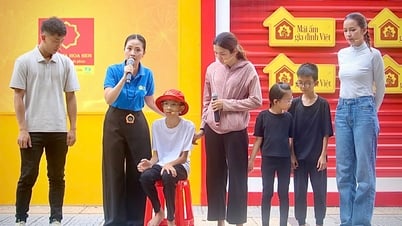
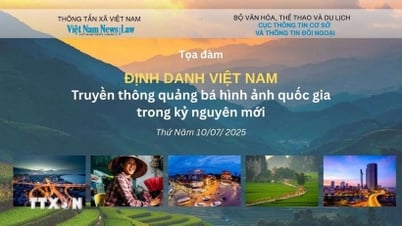

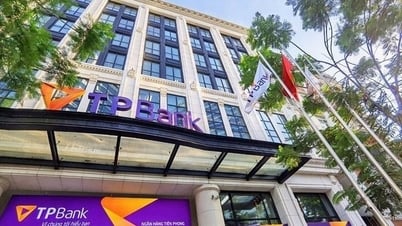


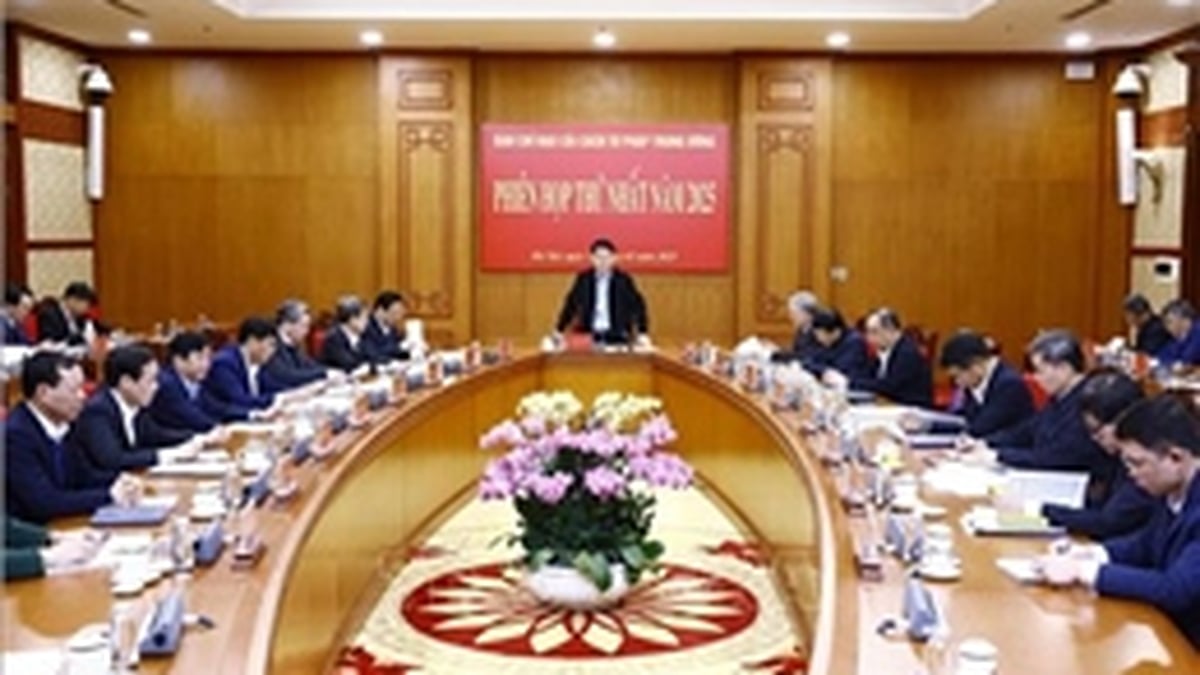
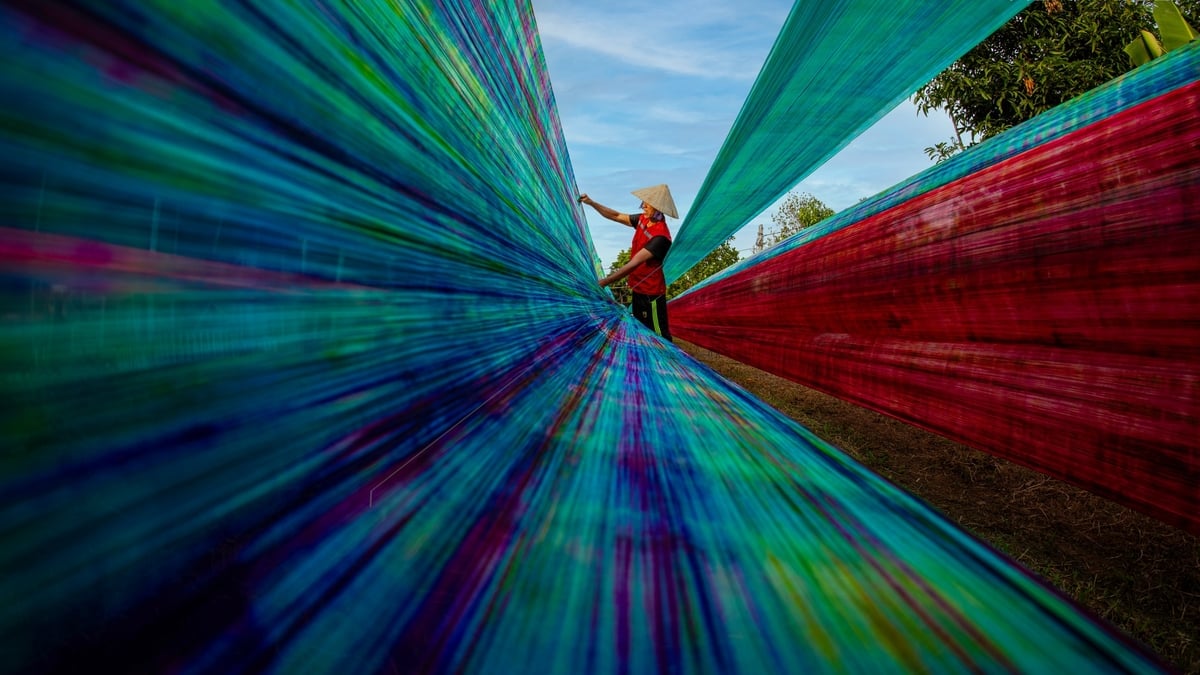
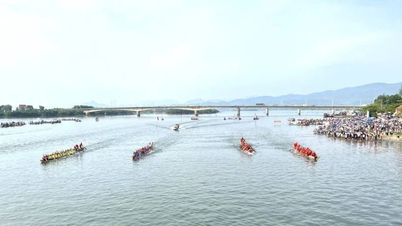



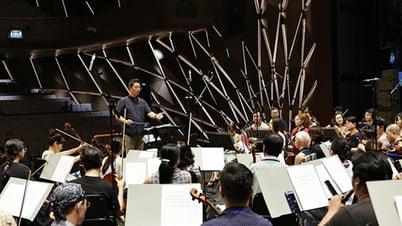

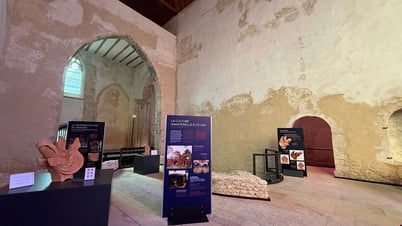



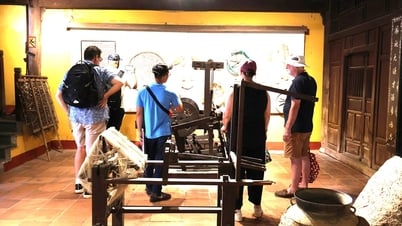




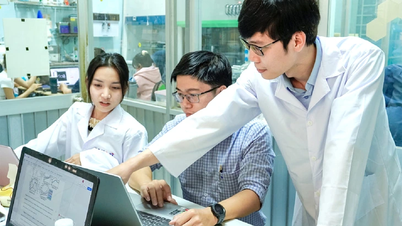




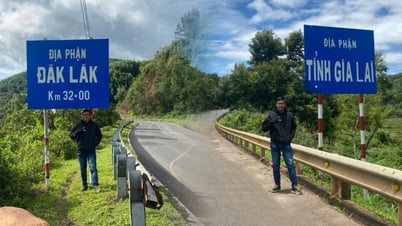



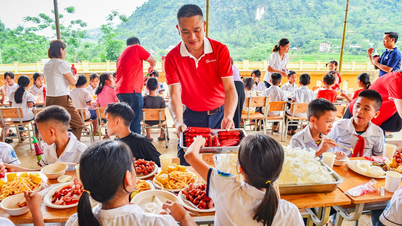





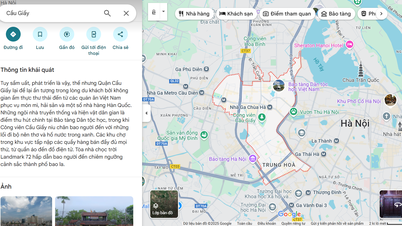


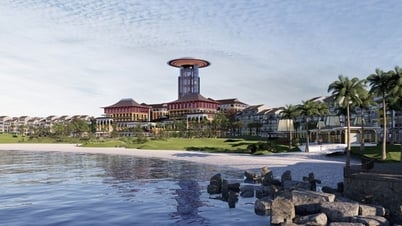


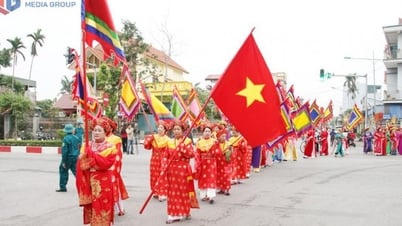
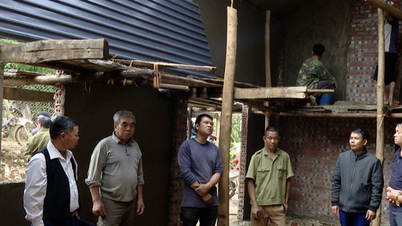
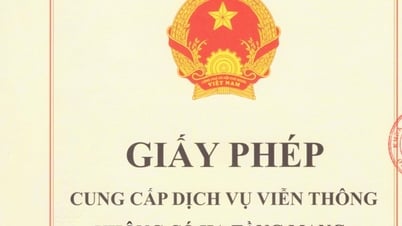


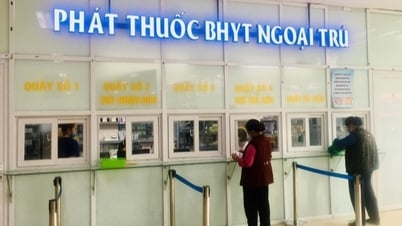

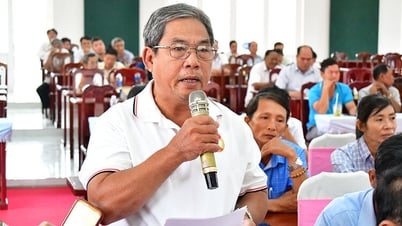

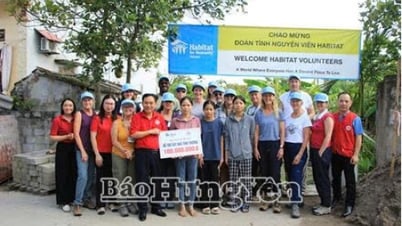



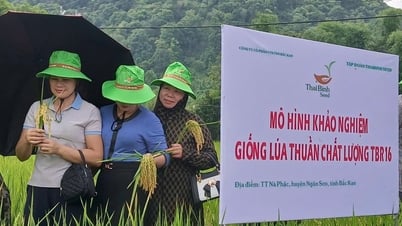



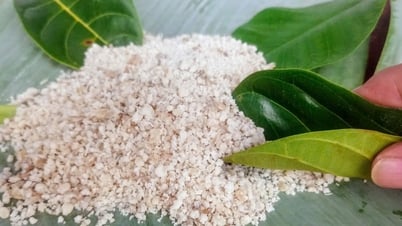
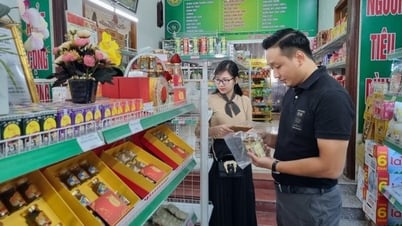

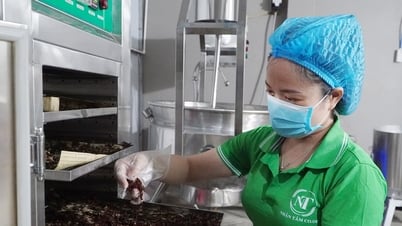

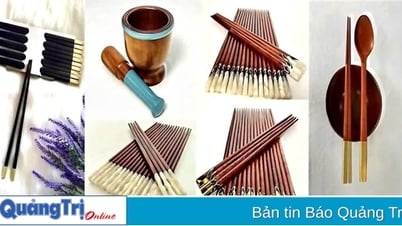

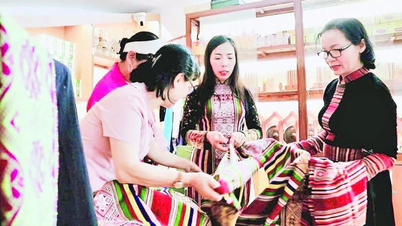






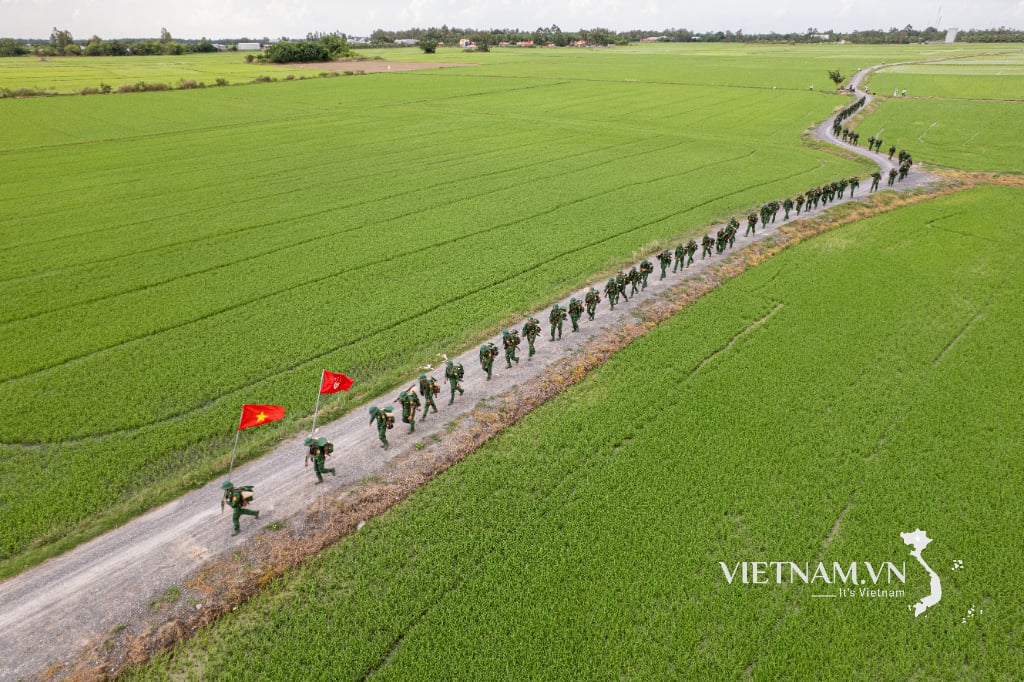
Comment (0)